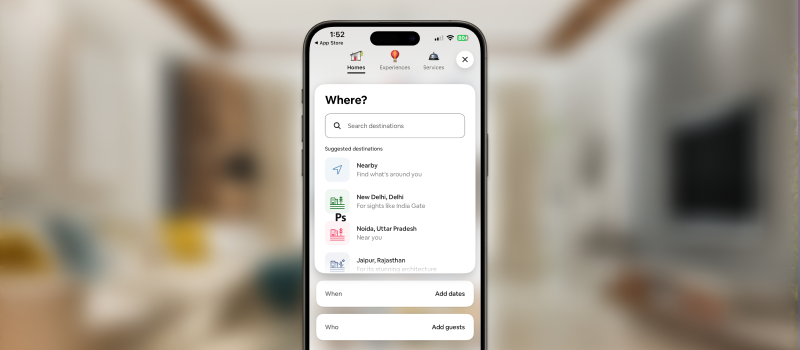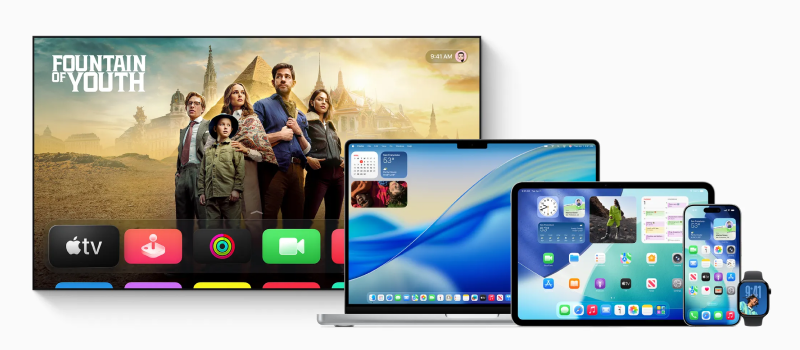Introduction
Your website serves as the main entry point for real estate interactions with potential buyers and sellers within the competitive property market. Real estate businesses need exceptional UX/UI design because 51% of buyers discover their final purchase online while more than 60% of all real estate searches occur on mobile devices.
The creation of conversion-focused real estate platform designs requires expertise because great design goes beyond looks to guide users from browsing, through booking appointments and requesting valuations, to deal completion. This complete guide demonstrates vital real estate website design elements that enhance conversions while generating quantifiable outcomes for your business operations.
Your new platform or existing site will benefit from these insights to establish a digital presence that turns visitors into valuable leads while making your brand a trusted authority in the industry.
Why UX/UI Design Matters in Real Estate
The Digital-First Property Journey
Modern homebuyers and sellers demand flawless digital interactions before starting agent communication. A website featuring exceptional UX design can double conversion rates, while superior design elements increase conversions by 400%. In the highly competitive real estate market, this difference in lead acquisition is essential.
The Trust Factor
Real estate UX design must instantly build trust with visitors. Your website visitors assess your professional skills and expertise when they first visit your site. Poor design signals poor service, while an intuitive interface helps users trust your ability to handle their biggest financial deal.
Conversion-Driven Design Impact
Well-designed real estate websites typically see:
25-40% higher engagement rates
30-50% more form submissions
20-35% increase in viewing bookings
Significantly improved lead quality and follow-through rates
These improvements lead to increased deal closures and better revenue generation from each site visitor.
Core UX/UI Elements That Drive Conversions
1. Intuitive Property Search and Filtering
Essential search features:
Advanced filtering system: price range, bedrooms, property type, amenities, and location-based searches
Smart autocomplete: helps users find neighborhoods efficiently
Save search functionality: allows users to return to refined searches
Map-based search: interactive maps with pin-based property browsing
Visual filters: quick selection based on property images and key features
Design best practices:
Position search above the page fold
Use predictive text with dropdown suggestions
Display filter results instantly
Design mobile search features for touch input
2. High-Impact Visual Property Presentation
Visual content strategy:
Professional photography
Virtual tours and 3D walkthroughs
Drone photography
Before/after renovations
Interactive floor plans
Technical implementation:
Optimize images for fast loading
Use lazy loading for galleries
Add touch-friendly carousels
Include zoom functionality
Use alt text for accessibility and SEO
3. Streamlined Lead Capture and Contact Systems
Contact optimization strategies:
Progressive disclosure
Multiple contact methods
Context-specific CTAs
Sticky contact elements
Chatbots for immediate response
Form design best practices:
Limit forms to 2-3 fields initially
Use adaptive smart fields
Provide clear value propositions
Include privacy assurances
Test CTA variations
4. Trust-Building Design Elements
Trust signals to include:
Agent profiles with credentials
Client testimonials and reviews
Recent sales and market data
Awards and certifications
Local market expertise content
Visual trust indicators:
Professional color schemes
Consistent branding
Clear contact info
Security badges and SSL certificates
Active social media integration
Mobile-First Real Estate Design Strategy

Mobile Usage in Real Estate
With 60%+ of searches happening on mobile, responsive design is essential.
Mobile user behaviors:
Short browsing sessions with high intent
Preference for visuals
Touch-optimized interfaces
Location-based service needs
Quick communication expectations
Mobile design priorities:
Touch-friendly navigation
Simplified filters
Fast-loading images
One-handed usability
Clear visual hierarchy
Progressive Web App (PWA) Benefits
Offline browsing
Push notifications
Home screen installation
Enhanced speed and engagement
Conversion-Focused Page Layouts
Homepage Essentials
Hero section with headline, search, and value propositions
Featured properties
Agent introduction
Service areas
Social proof
Clear navigation
Property Page Optimization
High-quality image gallery
Key details above the fold
Compelling descriptions
Neighborhood information
Multiple contact points
Related listings
Psychological triggers:
Social proof
Urgency indicators
Lifestyle imagery
Highlight unique property features
Advanced Features That Boost Engagement
Interactive Technologies
3D virtual tours
AR staging
Virtual renovations
Neighborhood virtual walks
Smart Tools & Calculators
Mortgage calculators
ROI calculators
Market analysis tools
Affordability assessments
Personalization
Smart recommendations
Saved search alerts
Personalized market reports
Dynamic content for different user types
Common Design Mistakes That Kill Conversions
Information Overload
Avoid:
Cluttered listings
Multiple competing CTAs
Over-complex menus
Dense text blocks
Solutions:
Progressive disclosure
Single main CTA
Simplified navigation
Scannable content
Poor Mobile Experience
Avoid:
Small buttons
Horizontal scrolling
Slow load times
Hard-to-complete forms
Non-dismissable pop-ups
Generic, Template-Based Design
Solutions:
Unique visuals
Original content
Proprietary features
Authentic local stories
Measuring Design Success and Optimization
KPIs to Track
Conversion Metrics | UX Metrics | A/B Testing Best Practices |
Form submissions | Page load speed | Test CTA styles |
Phone call conversions | Bounce rate | Test form lengths |
Inquiry rates | Session duration | Test image layouts |
Tour completions | Mobile vs desktop performance | Run tests for 2–4 weeks |
Appointment bookings | Search tool usage | Isolate variables |
Track results before permanent changes |
Q: What makes a real estate website effective for conversions? A: Easy navigation, excellent property visuals, well-placed contact options, and trust elements.
Q: How important is mobile optimization? A: Very — over 60% of searches are mobile.
Q: Which visuals boost conversions most? A: High-quality images, virtual tours, and interactive features.
Q: How can I establish trust? A: Use professional design, credentials, testimonials, and market data.
Q: How do I get leads without being pushy? A: Use progressive disclosure, multiple contact options, and value-driven CTAs.
Conclusion
Outstanding UX/UI design in real estate connects attractive property listings with high visitor-to-client conversion rates. Combining user-centered design, mobile optimization, trust-building, and continuous improvement creates platforms that both showcase properties and generate business results.
Your website is a 24/7 sales agent—make sure it performs like one.




